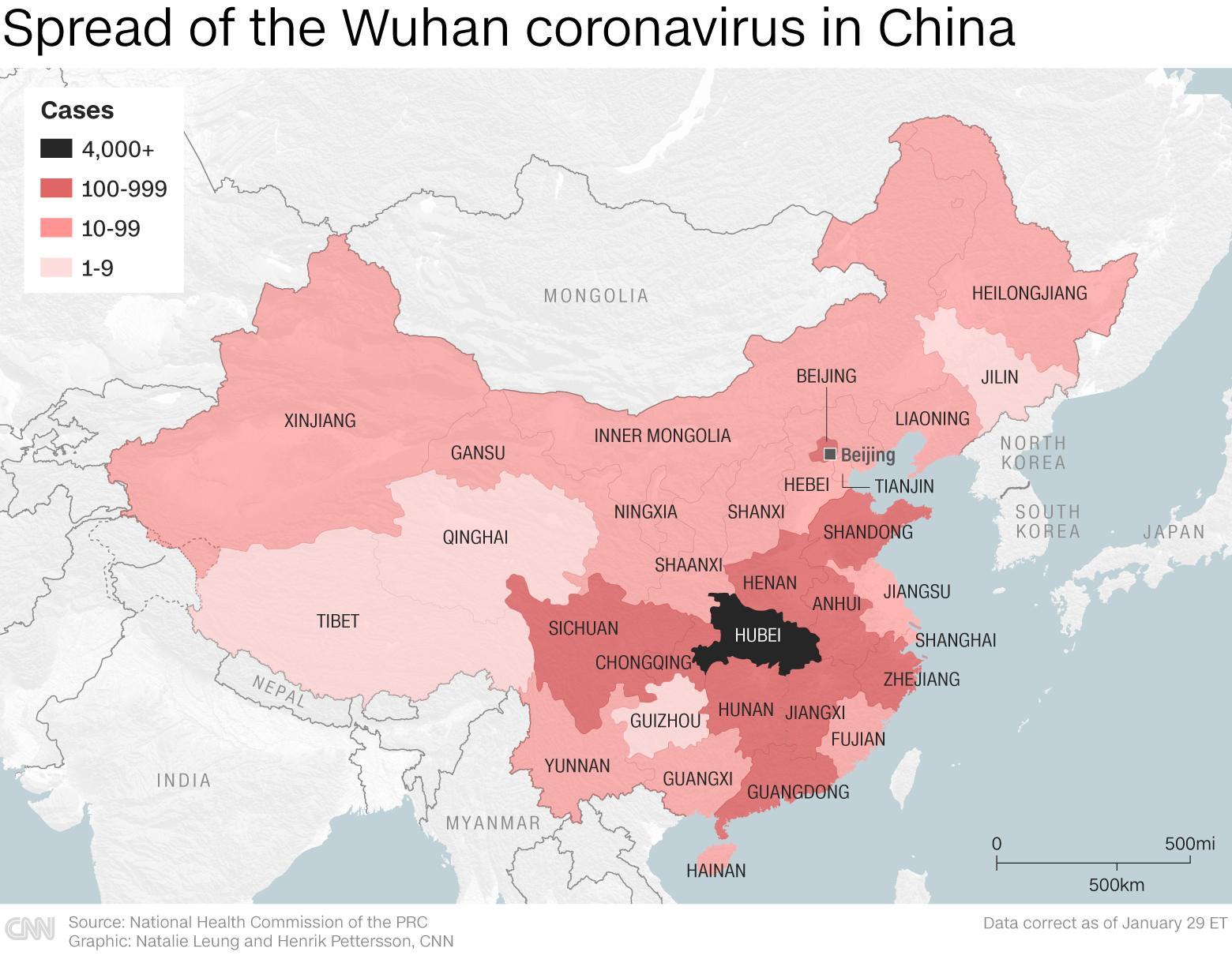

We find that governments are ‘punished’ in terms of political approval when infection numbers accelerate. Our main finding, while seemingly intuitive, offers important political lessons. The high-frequency panel structure of our dataset is key for capturing the dynamics of leaders’ approval, and represents an innovation as related studies typically rely on one-time election results, one-time survey data, or dynamics in a single country (Bol et al. We investigate how Covid-19 infection and fatality numbers affect approval rates over time, while controlling for government pandemic policies (using the weekly ‘Oxford stringency index’), as well as for economic activity (using weekly mobility and electricity data). Our dataset includes 20 advanced economies and 15 emerging market economies for which frequent, high-quality polling data was available (see Herrera et al. To address these questions, we build a novel international, high-frequency polling dataset, which consists of surveys on leaders’ approval and voting intentions on a weekly basis for 35 countries. We ask the following questions: How does a government’s handling of the pandemic affect its political approval, and thus its re-election chances? Do governments get punished politically if they fail to respond strongly or promptly (or if they see infections and fatalities raise)? And what does the public care more about – good or bad news about infection case numbers, or news concerning the economy? 2020), studies the political consequences of (mis-)managing the Covid-19 pandemic. This column, based our recent research (Herrera et al. Yet, so far, there is still limited systematic evidence on how the public evaluates the different policy reactions for several countries and over several months. This trade-off between ‘health versus the economy’ has been widely debated in recent months (Alvarez et al. Others opted for loose policies to reduce the economic damage of the pandemic (e.g. Some governments quickly imposed strict lockdown policies to keep case numbers in check (e.g. Their policy responses, however, varied substantially across countries.

These results are stable across a wide range of specifications and robustness check.The Covid-19 pandemic put governments across the world under pressure to react quickly and decisively. In addition, we find that these effects are heterogeneous across sectors, with services having a much larger impact than Manufacturing, while there are only small differences across geographic areas.

Although this assessment should be taken with caution, this suggests that the less stringent lockdown came at moderate public health related economic costs. This is a sizeable impact, and it represents about 18% of the daily increase in COVID-19 cases after the 22nd of March.īack of envelope computations suggest that the about one third of the cases considered could be attributed to the less stringent lockdown for essential sectors, with an additional 107 million Euros in direct expenditure. We find that a standard deviation increase in essential workers per square kilometre leads to an additional daily registered case per 100,000 inhabitants. We exploit the distribution of the density of essential workers across provinces and rich administrative data in a difference in difference framework. Sectors deemed essentials for the economy were, however, allowed to remain active. After the 22nd of March 2020, the Italian government shut down many economic activities to limit the contagion. This paper investigates the effect of the lockdown on COVID-19 infections.


 0 kommentar(er)
0 kommentar(er)
